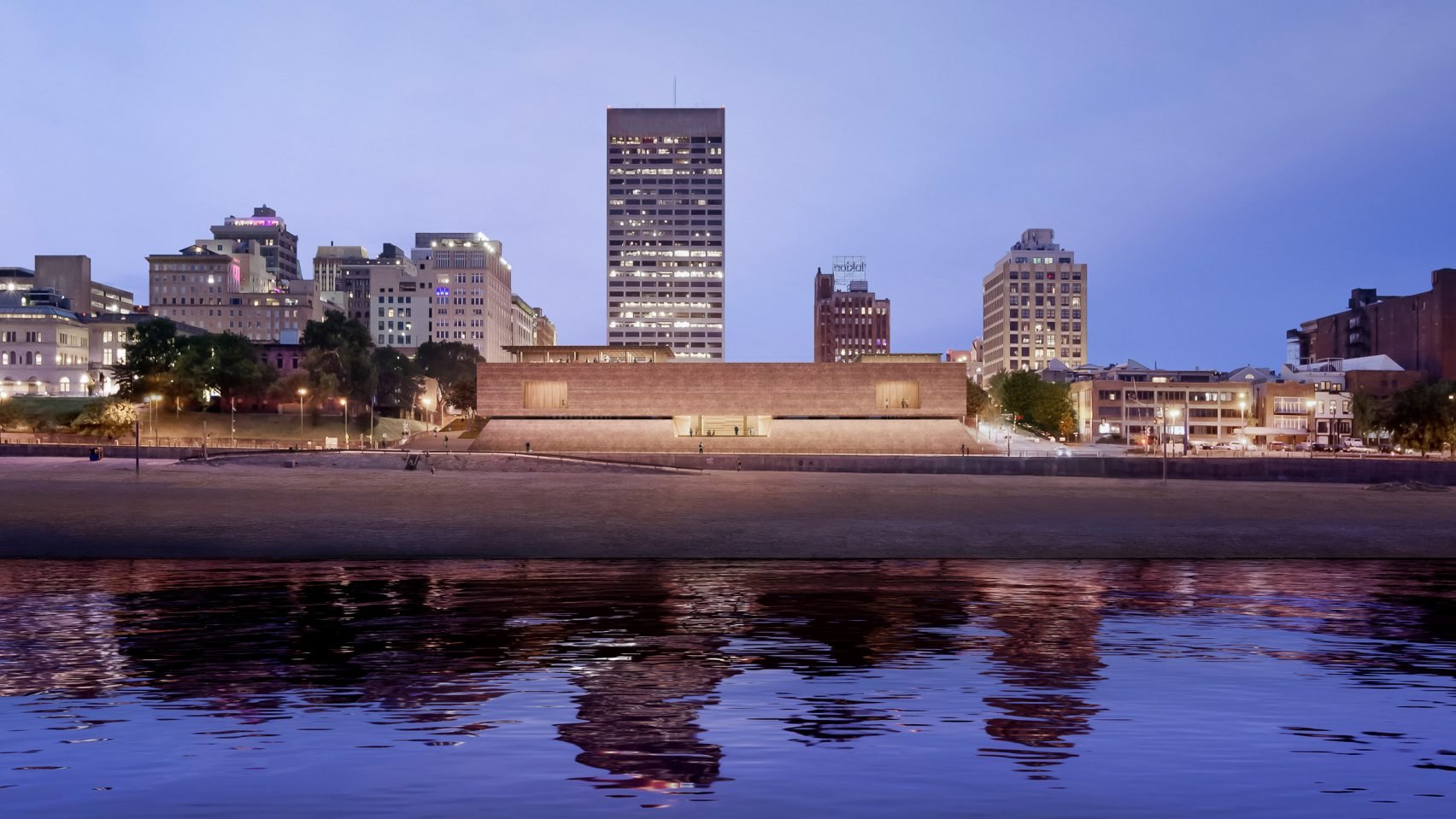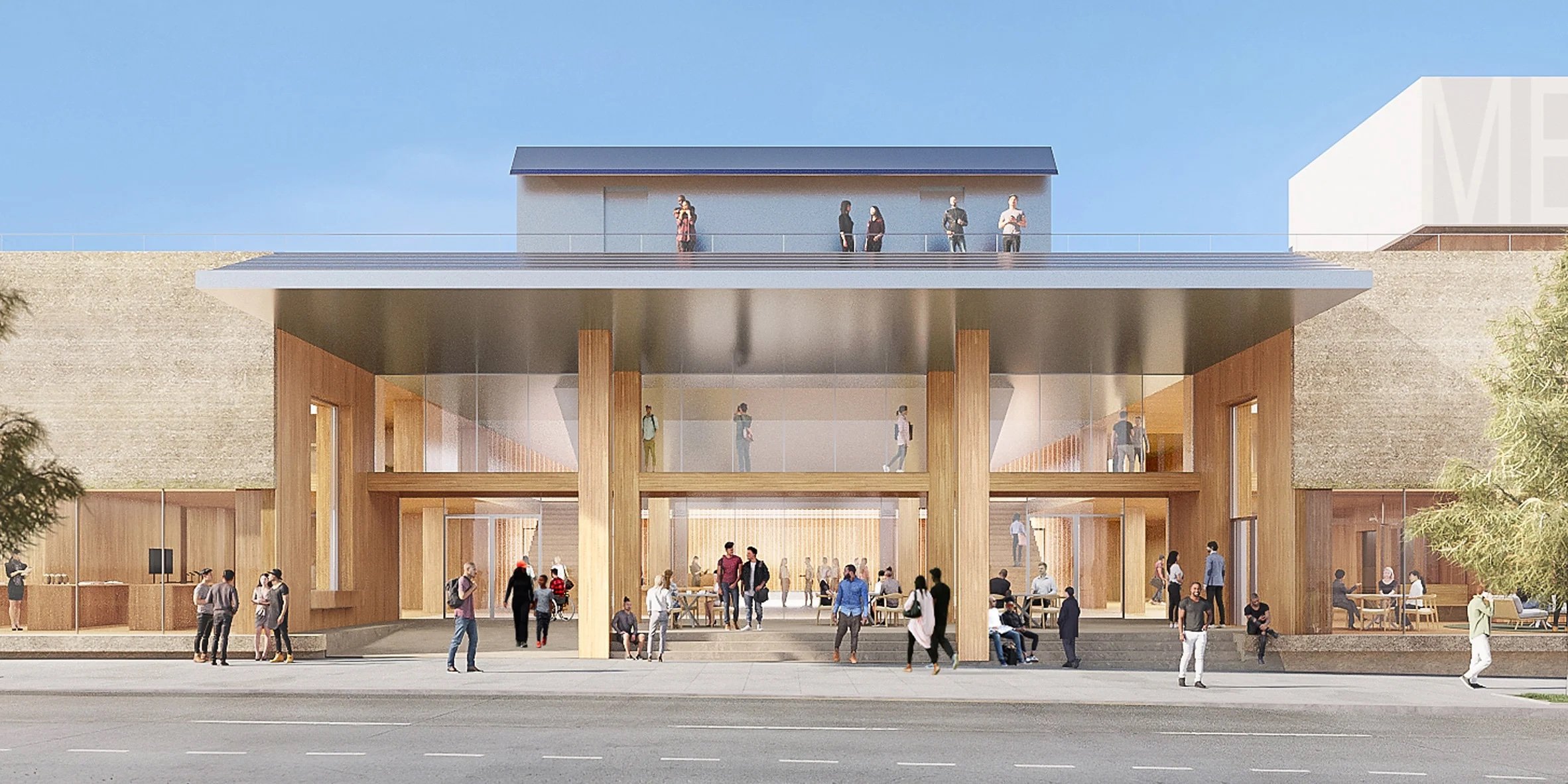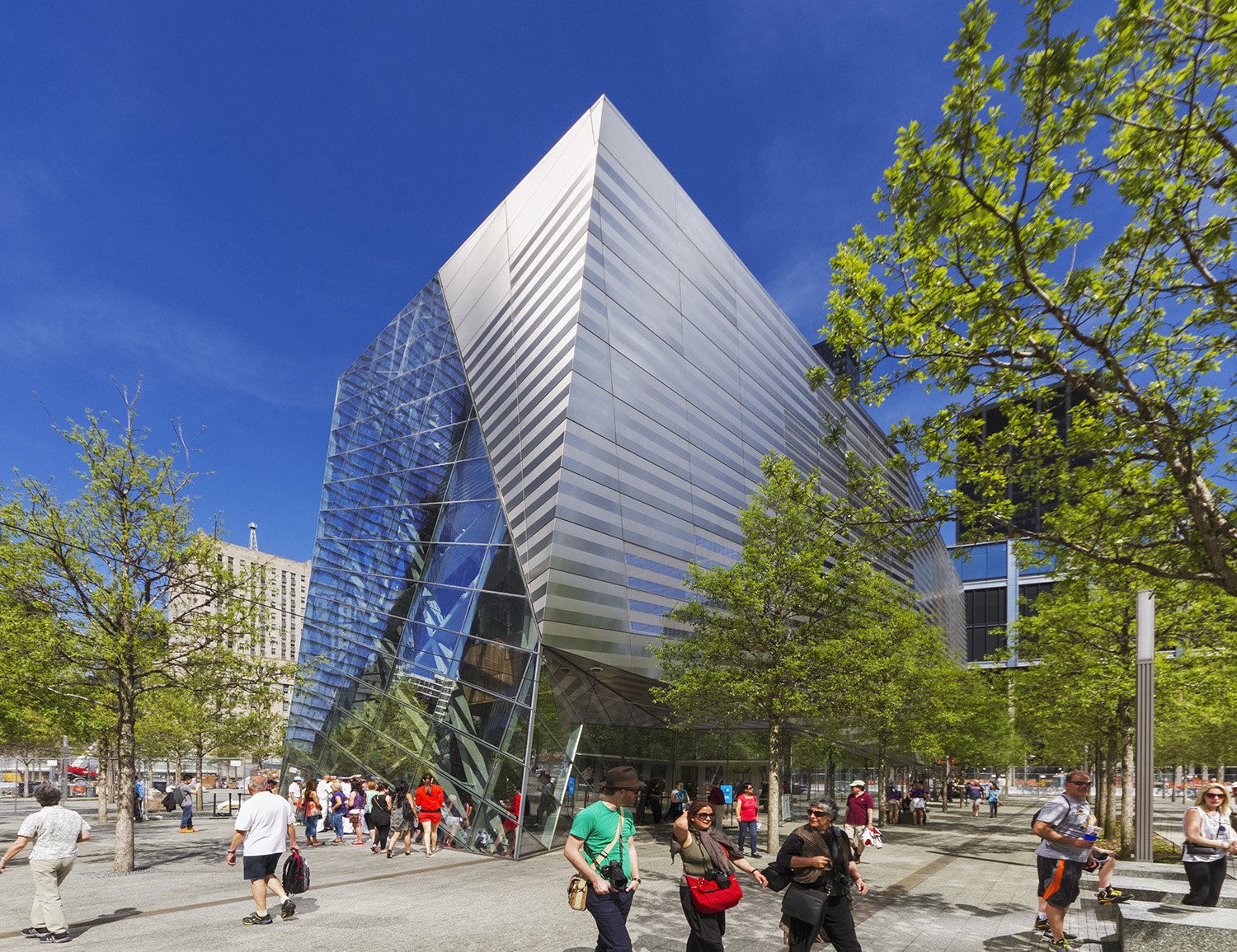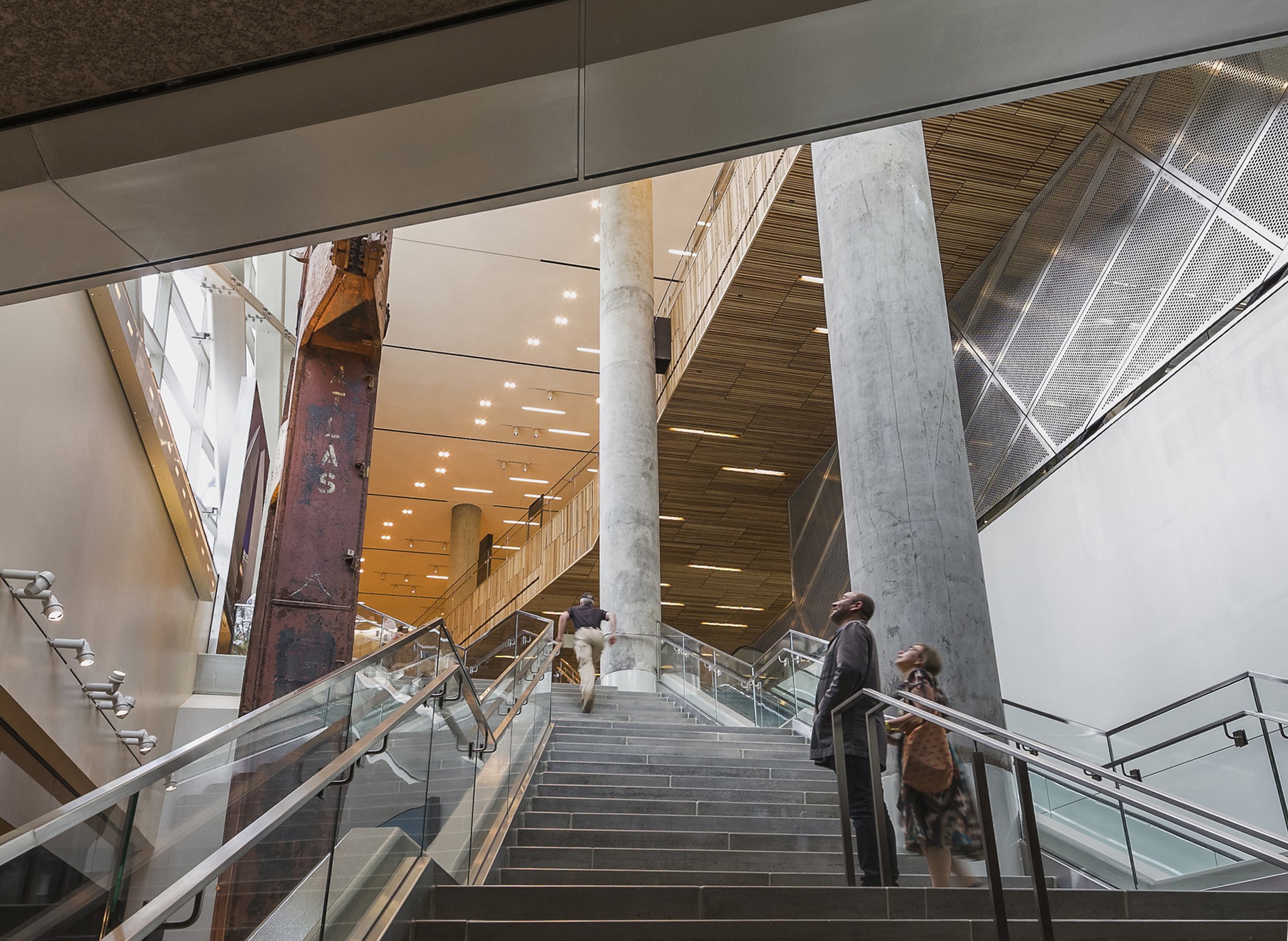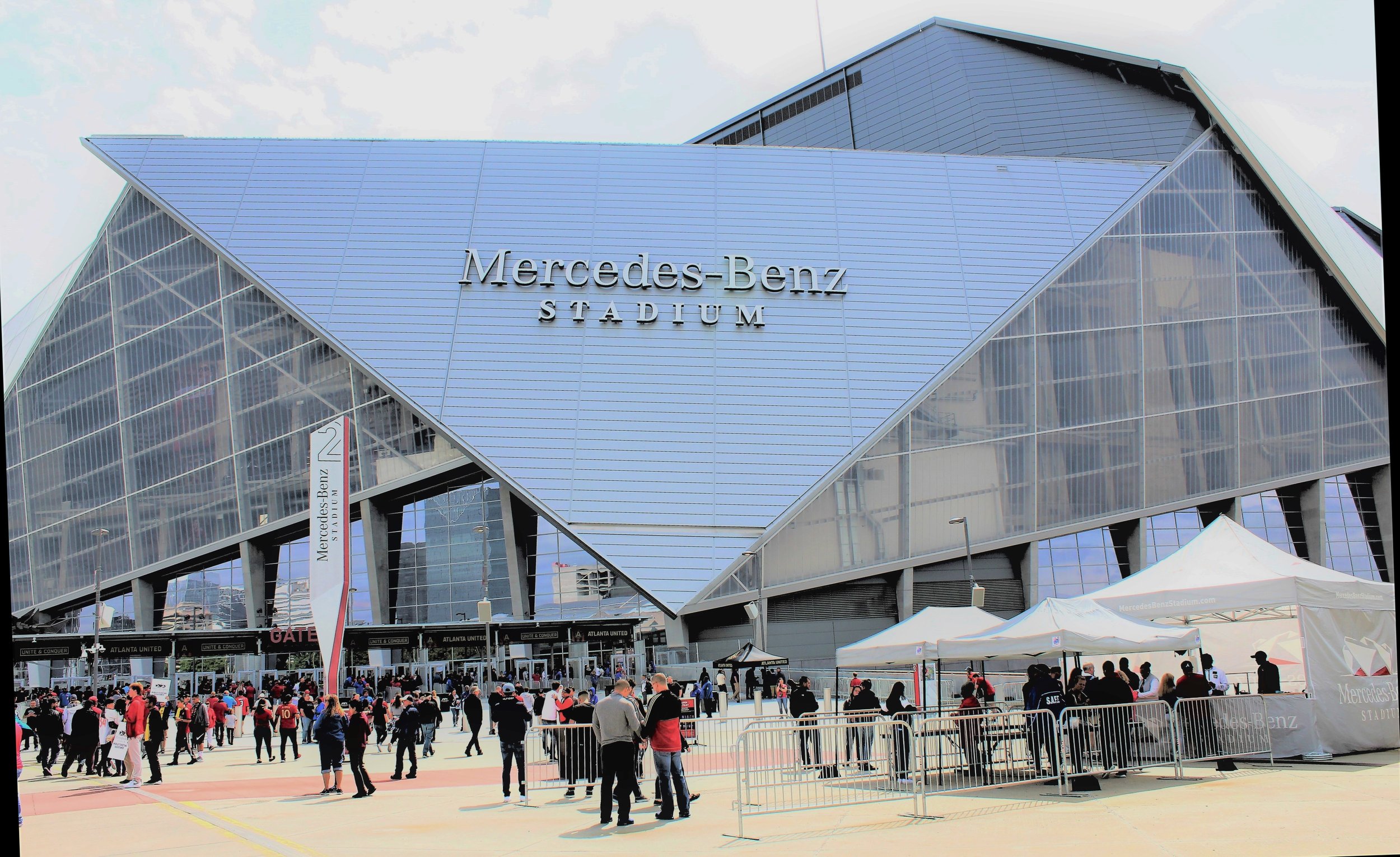Erleen Hatfield
“Some of the innovations we’re working with today, whether material ones like mass timber or technological ones like parametric engineering, are likewise empowering architects to explore new architectural languages and reshape our built realm.”
#WomenWhoBuild meet Erleen Hatfield,
Erleen is the Managing Partner of the Hatfield Group, a New York-based, WBE-certified, structural engineering and building enclosures studio. She is a licensed engineer and architect with over 25 years of experience in the industry. Since launching the Hatfield Group in 2018, Erleen has worked on the design of a variety of complex structures worldwide. Prior to starting her firm, Erleen spent 12 year at Thornton Tomasetti and 10 years as a Partner at Buro Happold. She has also taught at the Yale School of Architecture for over 15 years.
ArchNative sat down with Erleen to discuss her professional career, her view on innovations that the AEC industry needs at this point to tackle pressing issues such as economic instability and climate emergency, and how the perception about female entrepreneurs and leaders has changed over the years.
With over 25 years of experience, how would you describe your professional career?
I began my career at Thornton Tomasetti, where I got early experience on large-scale sports projects like Ford Field, home of the Detroit Lions. I also got the opportunity to start working with some of the world’s foremost starchitects and designers, including Renzo Piano on the New York Times headquarters building, and Frank Gehry on the storied Atlantic Yards project.
Once I changed firms and became a partner at Buro Happold, I continued to build on my experience, working with the legendary, dame Zaha Hadid on a parametrically designed art gallery in my home state of Nebraska, Snohetta on the 9/11 Memorial Museum Pavilion, and Norman Foster for the School of Management at Yale University. But my greatest achievement at Buro Happold was leading the engineering for the HOK-designed Atlanta Falcons Mercedes-Benz Stadium. The building uses an unprecedented 8-piece moving roof that I developed in collaboration with Bill Johnson at HOK and artist Chuck Hoberman.
After I finished this project, I decided that the best way to translate this experience to make a meaningful impact on the profession was to launch Hatfield Group—a woman-owned, women-led structural engineering and facades firm that actively works to empower women in engineering and cultivate the tremendous talent they bring to the field.
Yale School of Management, Photo Credit: Chuck Choi/Foster + Partner
As a professional engineer and a registered architect, what are some fundamental professional differences you have come across between the two?
One of the reasons I started Hatfield Group was to change the culture of engineering. Structural engineering is fundamental to architectural design, but some more traditional engineering firms do not really work with architecture and its aspirations in mind. They are quick to say certain design moves would not be possible, instead of working with the architects to find creative structural ways to achieve it. Often, it is also because they are not sensitive to the design implications of the structural decisions.
Hatfield Group wants to change that. Where other engineers see risks, we see opportunities to innovate. We think and work like architects, embracing iteration, experimentation, and visualizations, whether hand sketches or comprehensive 3D models, to help advance their design vision and find structural solutions that make actualisation of a project possible. To embed this ethos in our studio, I invited Martin Finio, FAIA, a New York-based architect, to be the Design Partner at Hatfield Group. I’ve co-taught a class with Martin at Yale School of Architecture on how structural engineering integrates with architectural design for more than a decade, so he was a natural choice as a Design Partner for me.
Why was it important for you to acquire certifications like Women Business Enterprise Certification (WBE), Women's Business Enterprise National Council (WBENC) and JUST?
We want to catalyze change in our industry to make it more equitable and inclusive and empower women and other historically disadvantaged professionals.
I’ve encountered a lot of tokenism with these certifications—firms that claim to be woman-owned but where the projects are run and managed by men. We are not that. We are owned and led by women. At Hatfield Group, women are decision-makers in leadership positions. We actively strive to hire, mentor, and cultivate the skills of early-career women engineers. This ethos made JUST certification a natural fit for us—we strive to make what is a demanding and traditionally male-dominated industry into one that is inclusive, supportive, and sustainable. We want to be a studio that empowers our staff to do their best work.
Memphis Brooks Museum of Art, Photos Credit: Herzog & de Meuron
You’ve advocated for innovation in design and engineering through your projects, lectures etc. Why would you say that’s important in the industry?
Sustainability. Our planet depends on innovation. We have to change the way we build. The AEC industry is responsible for almost 40% of global carbon emissions annually. More than half of that is embodied carbon, the emissions associated with manufacturing, transporting, and installation of the materials we use. By far, the biggest embodied carbon costs are structural materials, especially concrete and steel. Some of the most impactful innovations in architecture today—things like using sustainable mass timber systems or green concrete—require new ways of thinking about and designing structures.
Beyond that, structural innovations have always opened new architectural possibilities and empowered designers to create some of the world’s most daring buildings. I think of Pier Luigi Nervi, whose innovations in reinforced concrete made some of the 20th-century’s most iconic buildings possible, among them works by Marcel Breuer, Frank Lloyd Wright, and Oscar Niemeyer. Some of the innovations we’re working with today, whether material ones like mass timber or technological ones like parametric engineering, are likewise empowering architects to explore new architectural languages and reshape our built realm.
“We are owned and led by women. At Hatfield Group, women are decision-makers in leadership positions. We actively strive to hire, mentor, and cultivate the skills of early-career women engineers.”
Would you mind sharing some interesting projects you were involved in where engineering took precedence over architecture?
Engineering never takes precedence over architecture, but some of the most fulfilling projects I’ve worked on demanded creative collaboration with the architect and inventive engineering to advance and realize the design vision. It's our process—our willingness to iterate, take risks, and actively participate in the concept design—that makes some of the world's foremost architects want to work with us. The Atlanta Falcons Mercedes-Benz Stadium is one example. Its 8-piece moving roof is an architectural marvel that relies on engineering innovations. Similarly, we are currently working on the Memphis Brooks Museum of Art with Pritzker-Prize laureates Herzog & de Meuron and archimania, a new museum in Tennessee that uses mass timber as a structural system. Creative engineering is playing a critical role in thinking through how this system can make an inviting and museum-quality visitor experience.
9/11 Memorial Museum Pavilion, Photo Credit: Jeff Goldberg/Esto/Snohetta
Could you share some advice on how one could route their educational journey, especially for those wanting to stitch engineering and architecture together?
The best way to break down the silos between these fields is during education. I advocate for all architects to take an active interest in structures and all engineers to take an active interest in architectural design. Yale School of Architecture, where I teach, is one of the many universities with architecture programs that encourages this. The Systems Integration class at Yale guides students through thinking about how some of the more technical aspects of the project like structural and mechanical systems impact their design. It is one of many programs like itself in the United States, and I would encourage students to seek out architecture or engineering programs where they gain exposure to both ways of thinking.
What are some innovations that the AEC industry needs at this point to tackle pressing issues such as economic instability and climate emergency etc.?
We need to rethink how we build. Sustainability is the most pressing issue of our time. New structural materials like mass timber and green concrete are promising a more sustainable future by drastically reducing the amount of embodied carbon in the building industry.
But we also have to build less, which means building for adaptive re-use. There are structural implications for this, like designing for greater loads in case the use of a building needs to shift from residential to commercial or light industrial, for example. That’s a way to make our buildings both more sustainable and more economically viable. The challenges of converting offices to residential buildings we’re experiencing right now—at a time when demand for offices is low and our nation is in a housing crisis—are largely due to design decisions that made the buildings ‘single-use’ rather than flexible enough to accommodate new uses as new needs arise.
Mercedes-Benz Stadium, Photo Credit: Erleen Hatfield
What is your one piece of advice for women who are looking to build their career in this space?
Join Hatfield Group! But really, take advantage of opportunities to learn and to lead.
How would you describe the perception about female entrepreneurs and leaders has changed over the years (or not) in the industry since you started? Is there anything you would do differently?
We are beginning to see more female leaders and voices in the industry, and they are taking an active role in mentoring younger women professionals. These women are role models, showing young women interested in building that they can succeed in the AEC industry.
Unfortunately, tokenism still exists. That’s one issue with the WBE certification system: there are firms that have the certification, that get selected for projects based on their certification, but that do not truly have women involved in leadership positions or working on the projects.
So, certification and M/WBE requirements can only go so far. We need to continue to push for diversity in the profession and on project teams as a matter of principle, not just as a matter of meeting M/WBE minimums. Fortunately, we’ve seen many of our more enlightened clients already making strides here—like KPF and ARO, among many others. Their executives are actively searching for and vetting consultants and companies run by women or minorities and self-imposing these participation requirements on all their projects regardless of governmental or contractual requirements.
Interview By: Megha Balooni



